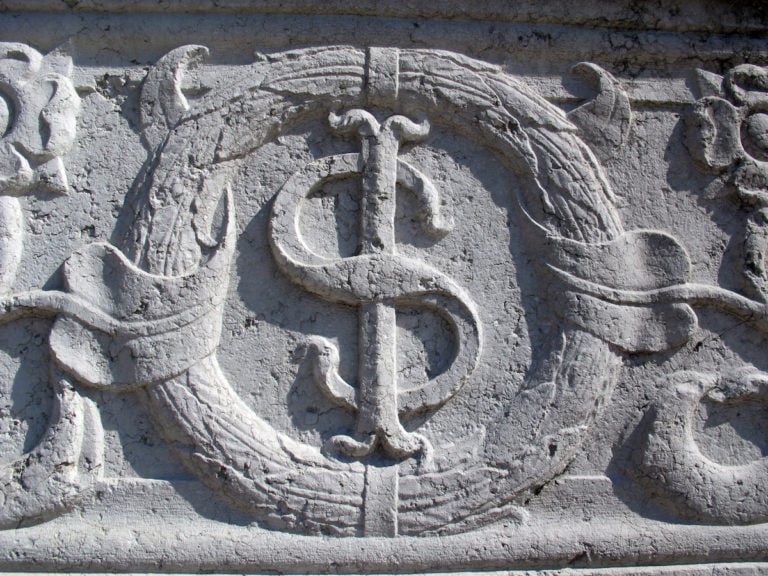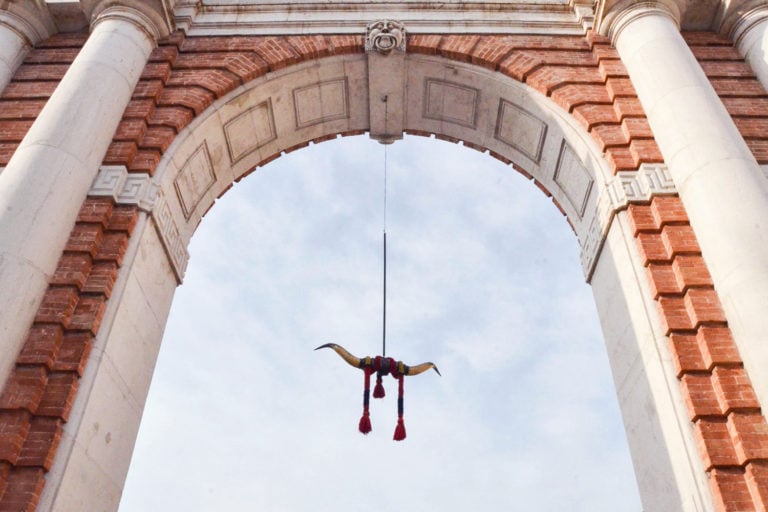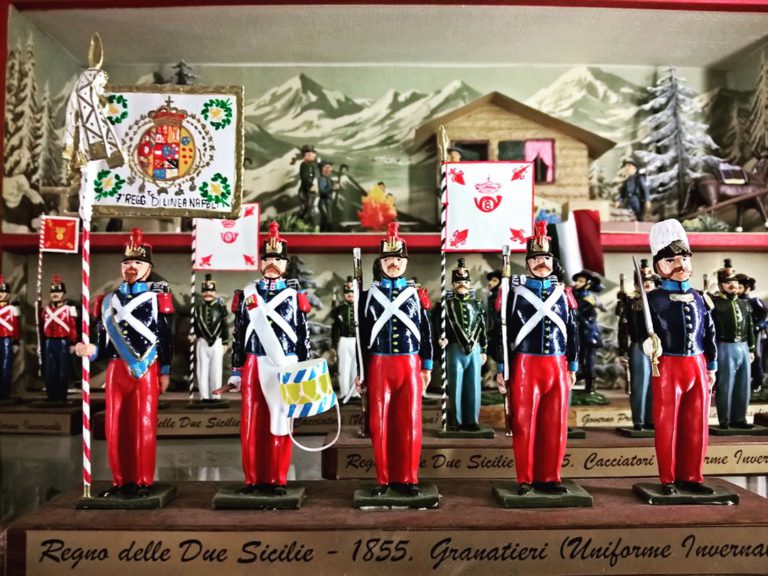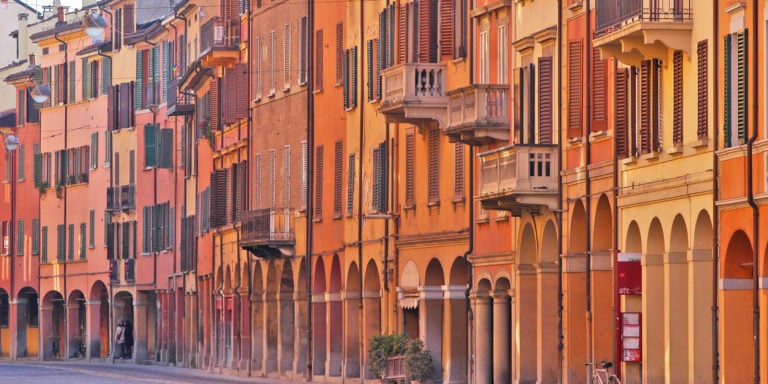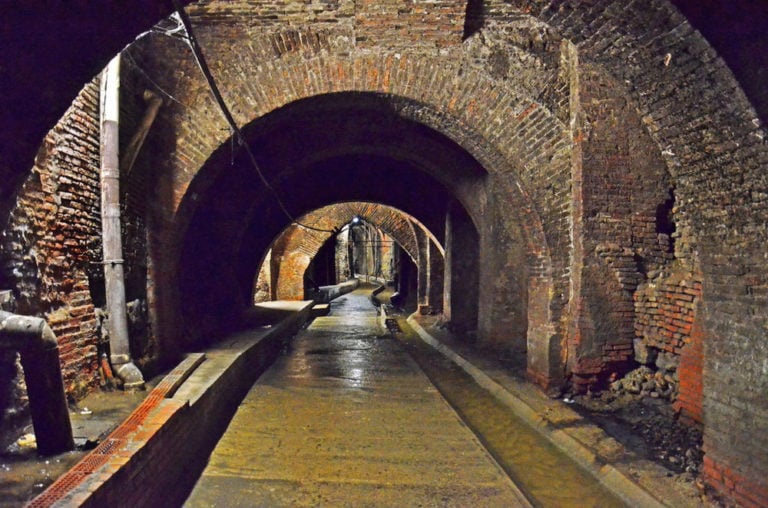Bologna is a city with a long history, and therefore it is also rich in anecdotes that have been handed down over the centuries by its citizens. Some tell them with pride, as if to say “do you see how many mysteries does Bologna hold?”, Others tell them with greater privacy, as if to reveal their city only to those who truly deserve it.
Today some of these anecdotes are very well known not only by those who live in Bologna, but also by those who come to visit it and want to get to know the city in detail. Here are some examples:
- the Four Corners of the Voltone del Podestà: under the Arengo Tower in Piazza Maggiore, thanks to a strange canalization of sound, it is possible to speak from a corner to the opposite one even just whispering; it is said that this expedient served the priests to confess the lepers, but also that it was used by lovers to maintain the secrecy of their dialogues;
- the false erection of the Neptune: if we look at the Neptune Fountain in Piazza del Nettuno from a particular point of view, precisely at the foot of the entrance stairs of the SalaBorsa, we can see a singular optical effect: the thumb of his left hand seems rather his erect phallus; it seems that the sculptor, the Flemish Giambologna, did it on purpose to tease the Pope Pius IV, who commissioned the construction of it asking to make the “statue’s attributes” as small as possible;
- the small window of Via Piella: now a classic of city tours, from the small window in Via Piella you can admire the Canale delle Moline and the so-called “little Venice” of Bologna, discovering that in reality the subsoil of the city is crossed by numerous canals, covered between the early twentieth century and the post-war period;
- the word Cañabis Protectio: “Panis vita, Cañabis protectio, Vinum laetitia” (bread is life, cannabis is protection, wine is joy) are three writings that we find under three arcades of the portico at the beginning of Via Indipendenza (on the right side with your back to Piazza Maggiore); the motivation of this ancient writing, however, has little to do with what you’re thinking: it is actually a mention of the economic advantages that the city has historically obtained from the cultivation of hemp.
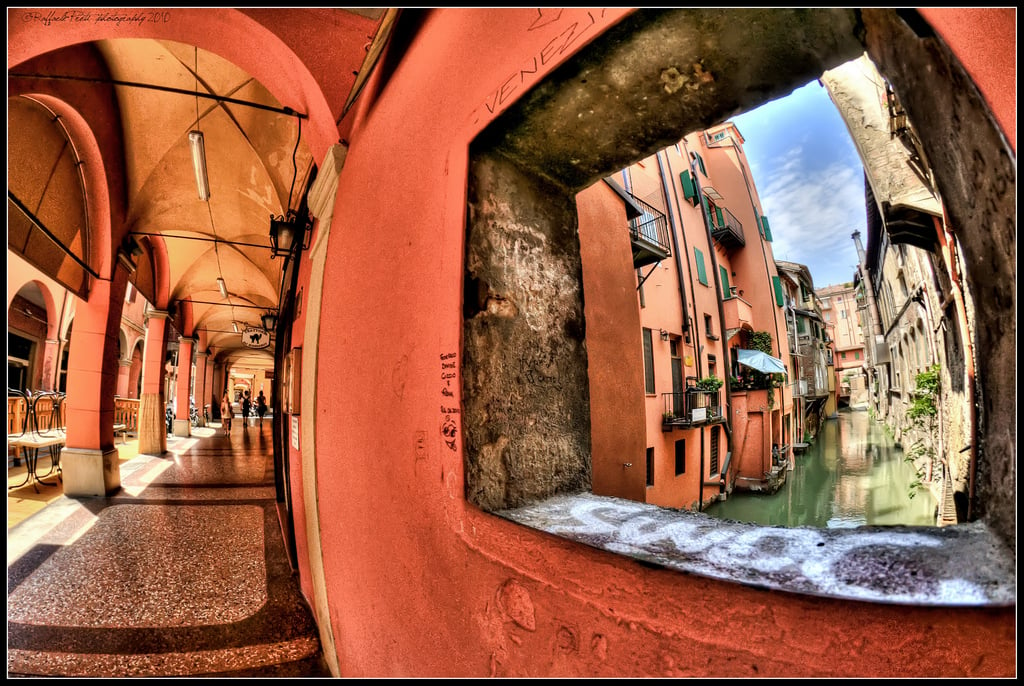
Other anecdotes, on the other hand, are almost secrets or very little known. Did you know for example that Mary Shelley took inspiration from a Bolognese for writing her famous gothic novel “Frankenstein”? Or that within the walls of the center of Bologna overwhelming loves have been consumed (some with happy endings, others not)?
Let’s find out together:
The Italian Frankenstein
It seems that Mary Shelley, for the writing of her famous “Frankenstein”, took inspiration from real events, and in particular from some experiments conducted by the Bolognese Giovanni Aldini, professor and researcher of Physics of the University of Bologna.
We are between the eighteenth and nineteenth centuries: Aldini, nephew of the famous Luigi Galvani, decided to continue the studies started by his uncle and dedicated to the effects of electrical stimulation on corpses (the so-called galvanism).
He was in fact convinced that it was possible to resurrect the bodies thanks to electricity, and he used to conduct macabre experiments, during which he made open eyes and mouth to heads of animals or contract the limbs to beheaded bodies.
To continue with his studies, however, he had to find a whole body in good condition; Aldini then went to London, where death sentences were carried out by hanging (as opposed to other European states in which they were beheaded). Having chosen the prisoner that best suited to his purposes, he awaited his death sentence (rumors say that Aldini also influenced the judgment of his guilt) and started his public experiments.
Thanks to numerous electrodes applied in various parts of the body, Aldini raised arms and legs of the corpse, made him open his mouth and eyes, even was able to raise his chest as in a deep breath.
He failed to revive the heart, which is why the experiment was considered a failure, but most of the public really believed that the corpse was resurrected, and it is said that his assistant died of a heart attack that same night.
Virginia and Alberto as Romeo and Giulietta
Even Bologna can “boast” a story of a hindered love like the one of Shakespearean memory.
Around the middle of the XIII century a boy and a girl lived here: they were not called Romeo Montecchi and Giulietta Capuleti, but Virginia Galluzzi and Alberto Carbonesi and they were the sons of two of the most powerful families of the city, the Galluzzi and the Carbonesi precisely.
The hatred between the two families was profound, but this did not prevent the two from knowing each other and falling in love. They in fact lived a short distance from each other: she lived in the picturesque Corte de ‘Galluzzi, while he lived on a street not far away that still bears that name, Via de’ Carbonesi.
The two lovers married in great secrecy, but were soon discovered by Virginia’s father who, together with his followers, killed Alberto and his family.
Desperate, the girl decided to hang herself from the window of her house: her last act to show to her father and everyone that she wanted to be united with Alberto forever, making their love eternal.
About donkeys, towers and gold coins
Another story that is told since ancient times is linked to the famous Torre degli Asinelli, the highest of the Two Towers.
It is said that around the 1100 a modest bricklayer lived in Bologna and owned two donkeys, thanks to which he was able to carry sand and gravel on a cart from the Reno river to the building sites in the city.
One day, while the man was digging the foundations of a house, the donkeys began to indicate insistently to a point on the ground; the man, intrigued by that strange behaviuor, approached and goggled: the donkeys had found a trunk full of gold coins!
For fear of being robbed, the man didn’t reveal his discovery to anyone and continued to live as before, modestly, secretly guarding his treasure.
Some time later, the bricklayer’s son, walking through the city, saw a beautiful girl facing a window and fell in love with her. The young woman, who belonged to one of the richest and noblest families in Bologna, returned his sentiment, but when the boy asked to her father the girl’s hand, he said – almost jeering at him – that he would let his daughter get married just with the boy able to build the tallest tower in the city.
The boy returned home disheartened. Seeing him so sad, his father asked him what had happened and the young man told everything to his father. The father then decided to donate his treasure to the son, with whom he could build the tower. Nine years later, the tower was finished and the two lovers could thus fulfill their dream: they finally joined in marriage and nicknamed the tower Asinelli in honor of the two faithful animals that had made their union possible.
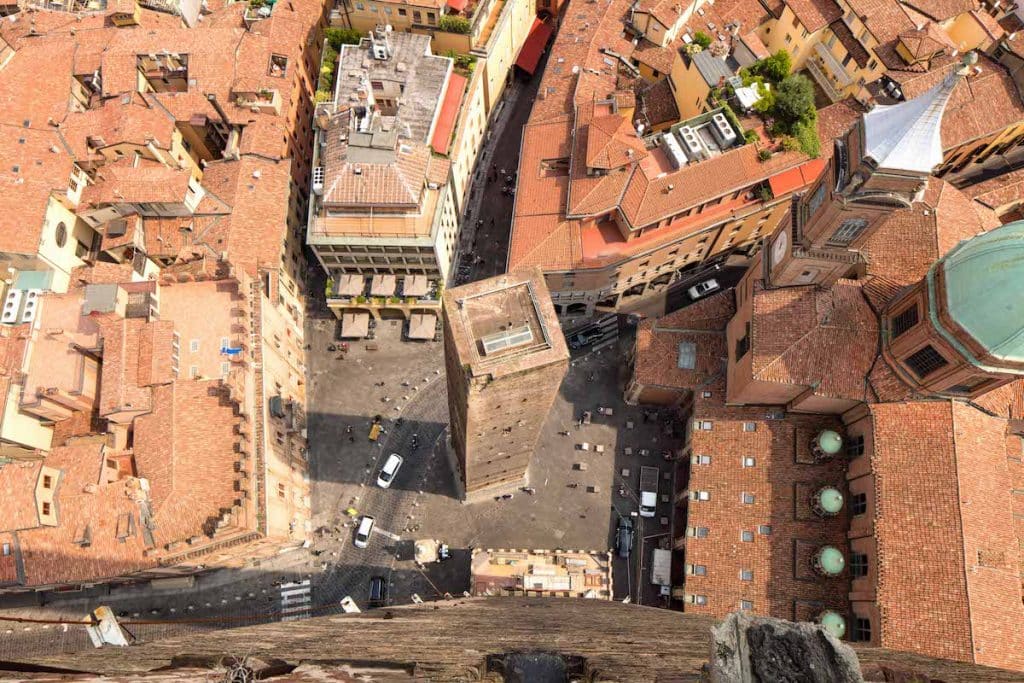
Author
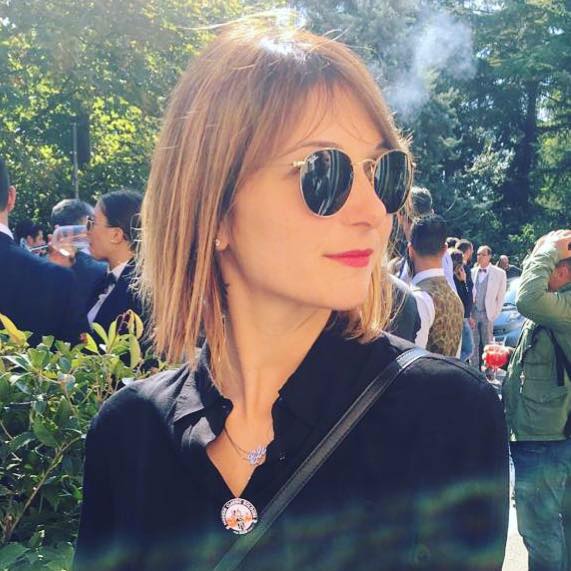
Elisa Mazzini
Social Media Manager for @inEmiliaRomagna and full-time mom.
You may also like
Mysteries and legends of Rimini and surroundings
by Elisa Mazzini /// September 21, 2018
10 places to amaze children #inEmiliaRomagna
by Elisa Mazzini /// April 6, 2018

Interested in our newsletter?
Every first of the month, an email (in Italian) with selected contents and upcoming events.
Curious Museums #inEmiliaRomagna | Bologna and surroundings
by Lo Staff /// December 17, 2017
